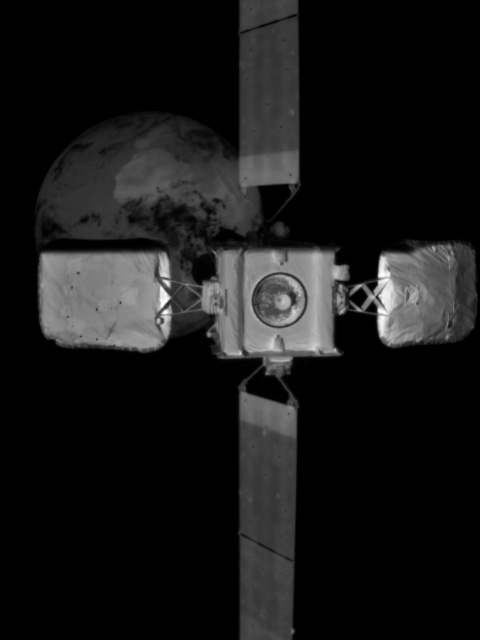More delays to Boeing’s Starliner manned capsule schedule
Capitalism in space: Though no new launch date has been announced, both NASA and Boeing are now likely aiming for a summer launch of the second unmanned Starliner demo mission to ISS.
This is largely due to traffic at the International Space Station rather than the readiness of Starliner itself. Two NASA sources said the vehicle is “close” to being ready, with only a few small tests to certify the spacecraft for flight remaining. Starliner is therefore expected to be ready to fly by early summer.
The primary issue is the availability of space station docking ports fitted with an “international docking adapter,” which are used by SpaceX’s Crew Dragon, Cargo Dragon 2, and Starliner vehicles. There are presently two such ports on the station, and for NASA, the priority for access to these ports are crew rotations followed by supply missions. So the question becomes when the Starliner test flight can find an open slot on station.
It appears that they are now targeting the window of availability for either of those ports in the late July into August time period.
While this might be the main reason for this new delay, it also appears that there might be technical issues as well. In early March Boeing and NASA had announced that they were delaying this demo mission for the same scheduling reasons, but then they said they were targeting a May launch date, during a period after one manned Dragon mission had left in late April and before the next Dragon cargo mission arrived in June.
It now appears they cannot meet that window any longer, and are therefore aiming for the next, in July.
Meanwhile, the first manned Starliner demo mission appears to have also pushed back, from late this year to early next year.
Capitalism in space: Though no new launch date has been announced, both NASA and Boeing are now likely aiming for a summer launch of the second unmanned Starliner demo mission to ISS.
This is largely due to traffic at the International Space Station rather than the readiness of Starliner itself. Two NASA sources said the vehicle is “close” to being ready, with only a few small tests to certify the spacecraft for flight remaining. Starliner is therefore expected to be ready to fly by early summer.
The primary issue is the availability of space station docking ports fitted with an “international docking adapter,” which are used by SpaceX’s Crew Dragon, Cargo Dragon 2, and Starliner vehicles. There are presently two such ports on the station, and for NASA, the priority for access to these ports are crew rotations followed by supply missions. So the question becomes when the Starliner test flight can find an open slot on station.
It appears that they are now targeting the window of availability for either of those ports in the late July into August time period.
While this might be the main reason for this new delay, it also appears that there might be technical issues as well. In early March Boeing and NASA had announced that they were delaying this demo mission for the same scheduling reasons, but then they said they were targeting a May launch date, during a period after one manned Dragon mission had left in late April and before the next Dragon cargo mission arrived in June.
It now appears they cannot meet that window any longer, and are therefore aiming for the next, in July.
Meanwhile, the first manned Starliner demo mission appears to have also pushed back, from late this year to early next year.









